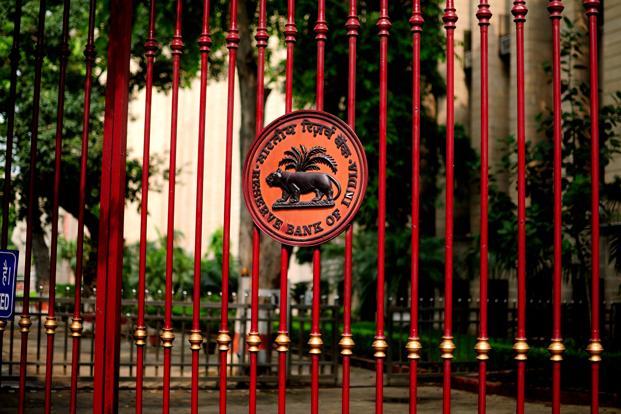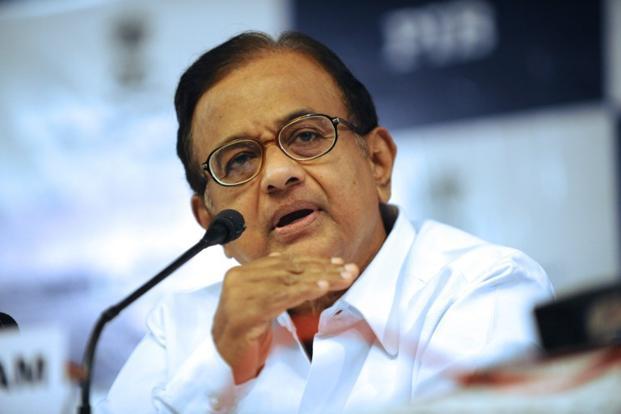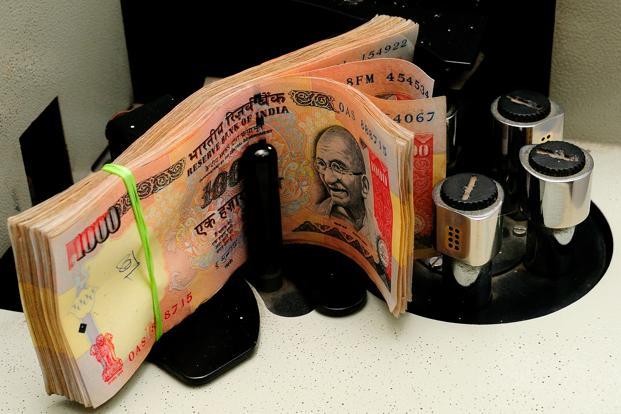If a company raises a project loan from banks for setting up a plant or a working capital loan to meet operational expenses, and for some reasons it decides to postpone the project and doesn’t even need the working capital, what does it do with the money? If its treasury manager decides to keep the money in a vault, he will be sacked simply because money does not come free. A smart treasury manager will use the resource to lend in markets or keep with banks to recover the cost, if not making profits. The Indian government keeps money idle but its treasury manager will never get the sack as it is not a corporate entity.
In the current fiscal year ending March, it is slated to borrow a record Rs.5.7 trillion, and more than 90% of this has already been raised even though the government does not need so much money as it is curbing expenditure to rein in the fiscal deficit. The surplus cash is kept with the Reserve Bank of India (RBI) and since this money cannot be used by others, it is adding to the cash deficit in the system. Currently, the government’s cash balance with RBI is around Rs.90,000 crore and the average daily cash deficit in the system is more than Rs.1 trillion. Banks are meeting the gap by borrowing from RBI and availing of various refinance facilities.
RBI governor D. Subbarao last week cut both the policy rate as well as banks’ cash reserve ratio (CRR), or the portion of deposits that commercial banks need to keep with the central bank, by an identical margin—a quarter percentage point each—to signal a relatively easy money policy. He did so because inflation is easing and, at the same time, growth is sagging in Asia’s third largest economy.
While analysts are debating on the trajectory of the monetary policy in coming months, one critical aspect of central banking in India is that both high inflation and tight liquidity are structural problems and monetary policy has limitations in tackling them. The structural aspects of high inflation—ranging from food inflation to rural wage inflation and higher cost of imports because of a weak local currency—have been discussed at length. Let’s take a close look at the liquidity situation.
Subbarao has cut CRR to 4%—a level last seen in December 1974. In RBI’s 77-year history, the lowest CRR, 3%, was seen in September 1962. Since there is no floor for CRR, the central bank can push it down to any level. For argument’s sake, if it drops to zero, it can generateRs.2.88 trillion cash (at the current level of bank deposits). If this is done, say over the next two years in phases, how will RBI generate liquidity after that if the system continues to be in a high cash-deficit mode? A few countries including Australia, Canada and New Zealand do not have any reserve requirement while euro zone has 1%. Among the so-called BRIC nations, Russia has 4% reserve requirement while Brazil has 20% and China 20.5%. Historically, India’s highest CRR was 15% in 1989.
While CRR is cash kept with RBI on which commercial banks don’t earn any interest, under the statutory liquidity ratio (SLR) norms, banks buy government bonds. In past one year, RBI has brought down banks’ SLR from 25% to 23%, but this does not create money for the system even though a lower SLR enables banks to bring down their government bond portfolio and the money thus generated can be used to give loans. In early 1990s, Indian banks’ SLR requirement was as high as 38.25%.
Apart from paring CRR, there are two options before RBI to create liquidity—buying bonds from the market through its so-called open market operations (OMO) and buying dollars from the foreign exchange market as for every dollar it buys an equivalent amount of rupee flows into the system. In fact, between fiscal year 1998 and 2008, RBI had bought dollars from the market every year, net of sale, ranging between $1.8 billion (1999) to $78 billion (2008). Since then, barring 2011, it has been selling dollars to arrest volatility and deeper depreciation of the rupee. It sold $20.1 billion in the spot market and close to $9 billion in forwards last fiscal year. Between April and November 2012, it has sold $3 billion in spot and $18.2 billion in forwards. While dollar buying infuses rupee liquidity, dollar sale by the central bank drains rupee resources in the system.
As huge dollar buying surged rupee liquidity in the system, the central bank had to float a special bond under market stabilization scheme (MSS) with the approval of Parliament to soak up excess liquidity between 2004 and 2008.
The money raised through the MSS bonds was never used to bridge the government’s fiscal deficit—it was a purely liquidity soaker.
With a widening current account deficit staring at us, the local currency cannot get stronger against the dollar and hence RBI will not be able to generate liquidity through its foreign exchange market operations. So, it has to continue with its aggressive bond buying programme.
The other option could be a better treasury management by the government. If it has decided against spending, why does it need to borrow from the market? Or, for that matter, why can’t it lend the cash to commercial banks? The Chinese central bank auctions its surplus cash and keeps short-term deposits with commercial banks. The government needs to be innovative in its cash management and, possibly, the time is ripe for it to set up its own debt office.



